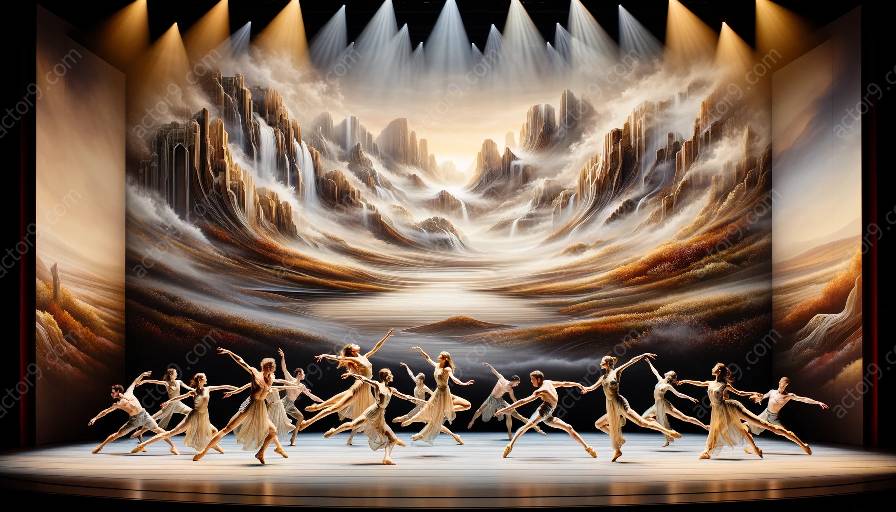Physical theatre choreography holds a unique place in the performing arts as a vehicle for social and political commentary. It is a form of expression that transcends the limits of words, communicating powerful messages through movement and physicality. This topic cluster will explore the significance of physical theatre choreography as a tool for social and political commentary, its impact, and its relation to physical theatre. It will also delve into the history of physical theatre choreography, the ways in which it embodies powerful messages, and its potential as a catalyst for change.
The Significance of Physical Theatre Choreography
Physical theatre choreography serves as a powerful means of commenting on social and political issues. By using the body as a medium of expression, choreographers are able to convey complex emotions, ideas, and perspectives in a visceral and compelling manner. The physicality of this art form allows for a direct and immediate connection with audiences, providing a platform for raising awareness and provoking thought.
Impact and Influence
The impact of physical theatre choreography as a vehicle for social and political commentary is far-reaching. It has the potential to inspire dialogue, challenge perceptions, and evoke empathy. Through the use of innovative movement and expression, choreographers can shine a spotlight on societal injustices, human rights issues, and political ideologies. This form of artistic expression can ignite change and prompt reflection on critical issues that affect our world.
Relation to Physical Theatre
Physical theatre choreography is closely intertwined with the broader realm of physical theatre. Both forms emphasize the use of the body as a central mode of storytelling and communication. While physical theatre encompasses a wide range of performance styles, physical theatre choreography specifically focuses on the creation and arrangement of movement sequences designed to convey social and political messages. In this way, physical theatre choreography can be seen as a specialized branch of physical theatre that harnesses the power of movement to challenge and confront societal norms.
History of Physical Theatre Choreography
The history of physical theatre choreography is rich and diverse, with roots that can be traced back to ancient civilizations and traditional dance forms. Over time, it has evolved into a dynamic and interdisciplinary art form, drawing inspiration from a myriad of cultural, social, and political contexts. From the avant-garde experiments of the early 20th century to the contemporary fusion of dance, drama, and performance art, physical theatre choreography has continually evolved to reflect the changing landscapes of society.
Embodiment of Powerful Messages
Physical theatre choreography embodies powerful messages through the manipulation of movement, space, and gesture. Choreographers utilize the body as a canvas for expressing narratives of resistance, resilience, and rebellion. By integrating elements of symbolism, abstraction, and metaphor into their choreographic compositions, they create visually arresting and emotionally resonant performances that challenge the status quo and provoke critical reflection.
The Potential as a Catalyst for Change
Physical theatre choreography has the potential to serve as a catalyst for change by transcending linguistic and cultural barriers to engage audiences in meaningful dialogue. It can mobilize individuals to question societal structures and advocate for transformative action. By harnessing the transformative power of embodiment, physical theatre choreography can inspire movements of social change and stimulate collective consciousness.




































